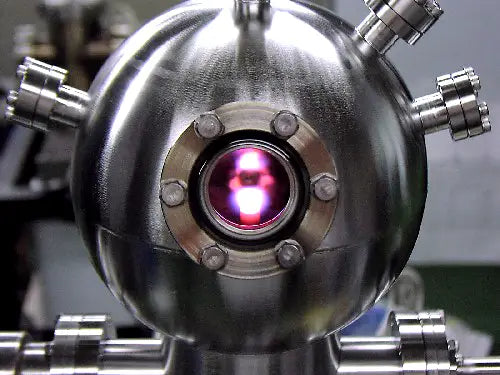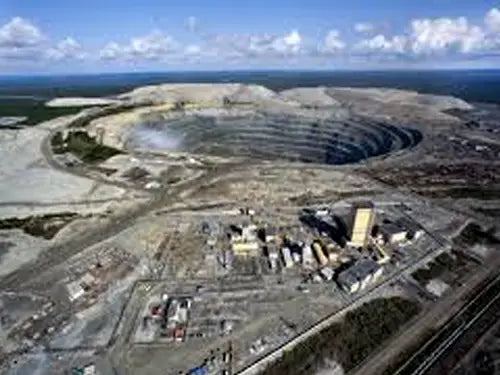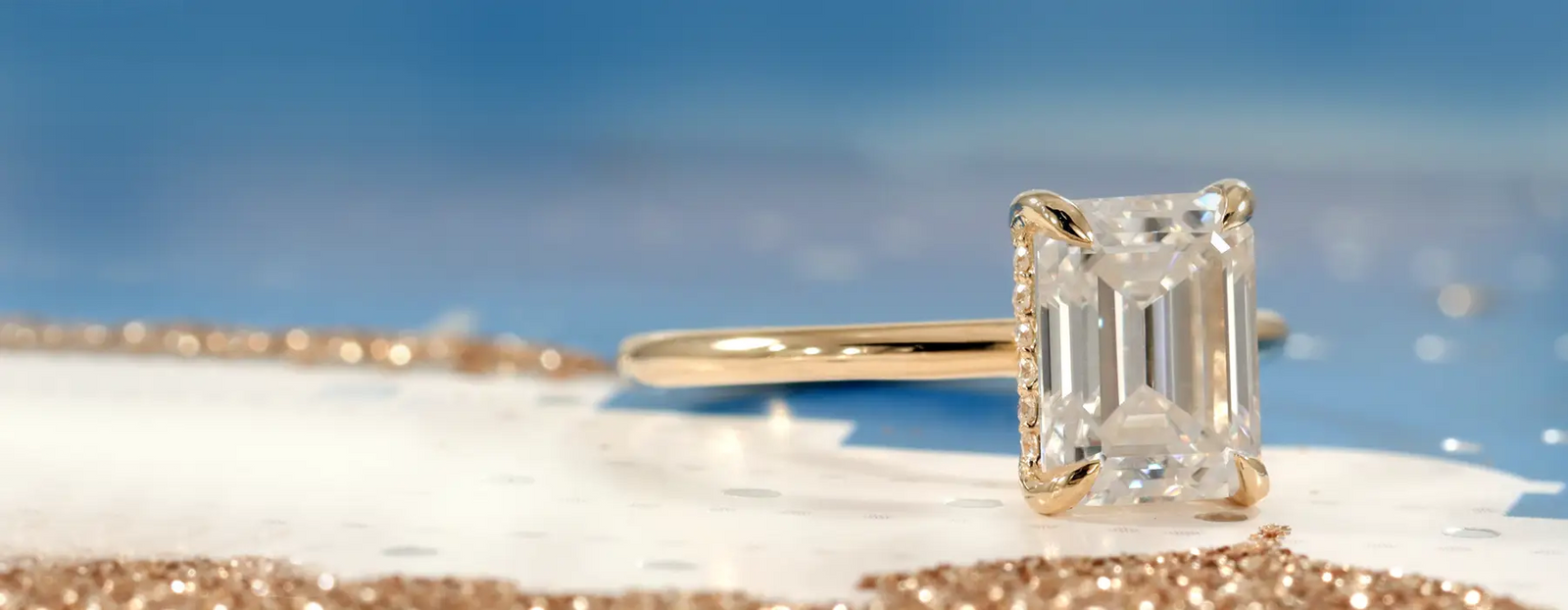Welcome to our comprehensive guide comparing lab diamonds and natural diamonds. In this guide, we delve into the similarities, differences, and essential factors to consider when choosing between these two stunning gemstones. Whether you're a first-time diamond buyer or a seasoned collector, this resource aims to provide valuable insights to help you make an informed decision.

What are Lab Diamonds?
Lab diamonds, also known as synthetic or cultured diamonds, are man-made gems that possess the same chemical and physical properties as natural
diamonds. These diamonds are created through advanced technological processes that simulate the natural conditions under which diamonds form
in the earth's mantle. By duplicating these conditions in a controlled laboratory environment, scientists are able to produce diamonds with
exceptional quality and purity.

Definition and Production Process
Lab diamonds are produced using two main methods: High Pressure High Temperature (HPHT) and Chemical Vapor Deposition (CVD). In the HPHT
method, a small diamond seed is subjected to extreme heat and pressure, causing carbon atoms to crystallize around it and gradually form a larger diamond. Alternatively, in the CVD process, a diamond seed is exposed to a gas mixture containing carbon, which then deposits atom-by-atom onto the seed, resulting in the growth of a diamond over time. Both methods yield diamonds with identical chemical composition and crystal structure to natural diamonds.

Sustainability and Ethical Considerations
Lab diamonds are celebrated for their sustainability and ethical credentials. Unlike natural diamonds, which are often mined in environmentally sensitive areas and may be associated with social and humanitarian issues, lab diamonds are produced in controlled laboratory settings with minimal ecological impact. Additionally, the transparency and traceability of the lab diamond supply chain ensure that consumers can have confidence in the ethical sourcing of their diamonds. By
choosing lab diamonds, consumers can support sustainable practices and contribute to a more responsible and ethical diamond industry.

Formation and Mining Process
Natural diamonds are formed deep within the earth's mantle over billions of years under high pressure and temperature conditions. Carbon atoms crystallize to form diamond structures, which are then brought to the earth's surface through volcanic eruptions or geological processes. Diamond mining involves various methods such as open-pit mining, underground mining, and alluvial mining, depending on the geological characteristics of the diamond deposit. These mining processes can have significant environmental impacts, including habitat destruction, soil erosion, and water pollution, and may also be associated with social and ethical concerns such as labor exploitation and human rights violations.

Characteristics and Unique Qualities
Natural diamonds possess a range of unique characteristics that contribute to their value and allure. These include their exceptional hardness, brilliance, and fire, which result from their crystal structure and ability to refract light. Diamonds are also valued for their rarity and natural beauty, with each stone exhibiting individual characteristics such as color, clarity, and carat weight. The 4Cs—cut, color, clarity, and carat—are used to evaluate and grade diamonds, providing consumers with a standardized way to assess their quality and value.

Environmental and Ethical Concerns
The diamond mining industry has long been criticized for its environmental and ethical implications. Mining operations can have detrimental effects on ecosystems, biodiversity, and water resources, leading to habitat destruction, deforestation, and pollution. Additionally, diamond mining in certain regions has been linked to social and ethical issues such as forced labor, child labor, and human rights abuses. Conflict diamonds, also known as blood diamonds, are another concern, as they are mined in war zones and sold to finance armed conflict and civil wars. Efforts have been made to address these concerns through initiatives such as the Kimberley Process Certification Scheme, but challenges remain in ensuring responsible and sustainable diamond sourcing practices.
Lab Diamond vs Mined Diamond
| PROPERTIES | 1ct Lab Diamond | 1ct Diamond |
| COLOR | E | E |
| CLARITY | VVS1 | VVS1 |
| CUT | IDEAL | IDEAL |
| CARBON CONTENT | 100% CARBON | 100% CARBON |
| MOHS HARDNESS | 10 | 10 |
| CONFLICT FREE ECO-FRIENDLY |
YES | NO |
| LIFETIME GUARANTEE | YES | NO |
| PRICE ($CDN) | $1999 - $2199 | $9899 - $12,199 |
When considering diamonds, pricing and affordability play crucial roles in decision-making. Lab diamonds often offer a more budget-friendly option compared to natural diamonds of similar quality. The cost of lab diamonds tends to be lower due to their controlled production process and shorter supply chain. This affordability opens up opportunities for individuals who desire the brilliance and beauty of diamonds without the hefty price tag associated with natural stones.
A key aspect of understanding diamond pricing involves comparing the costs of lab created diamonds versus natural diamonds. Generally, lab diamonds are priced significantly lower than their natural counterparts. This price differential can vary depending on factors such as size, color, clarity, and cut. Consumers seeking a diamond with specific characteristics can find more affordable options within the lab-created diamond market, allowing them to obtain a stunning gemstone that fits their budget.
For consumers, understanding the value proposition of lab diamonds versus natural diamonds is essential in making informed purchasing decisions. While natural diamonds hold traditional allure and cultural significance, lab diamonds offer excellent value in terms of affordability, quality, and ethical considerations. By evaluating factors such as price, quality, and personal preferences, consumers can find the best value proposition that aligns with their budget and values, ensuring a satisfying and rewarding diamond-buying experience.
Ready to explore the world of diamonds further? Browse our selection of lab grown diamonds today to find the perfect gemstone for your needs and preferences.








